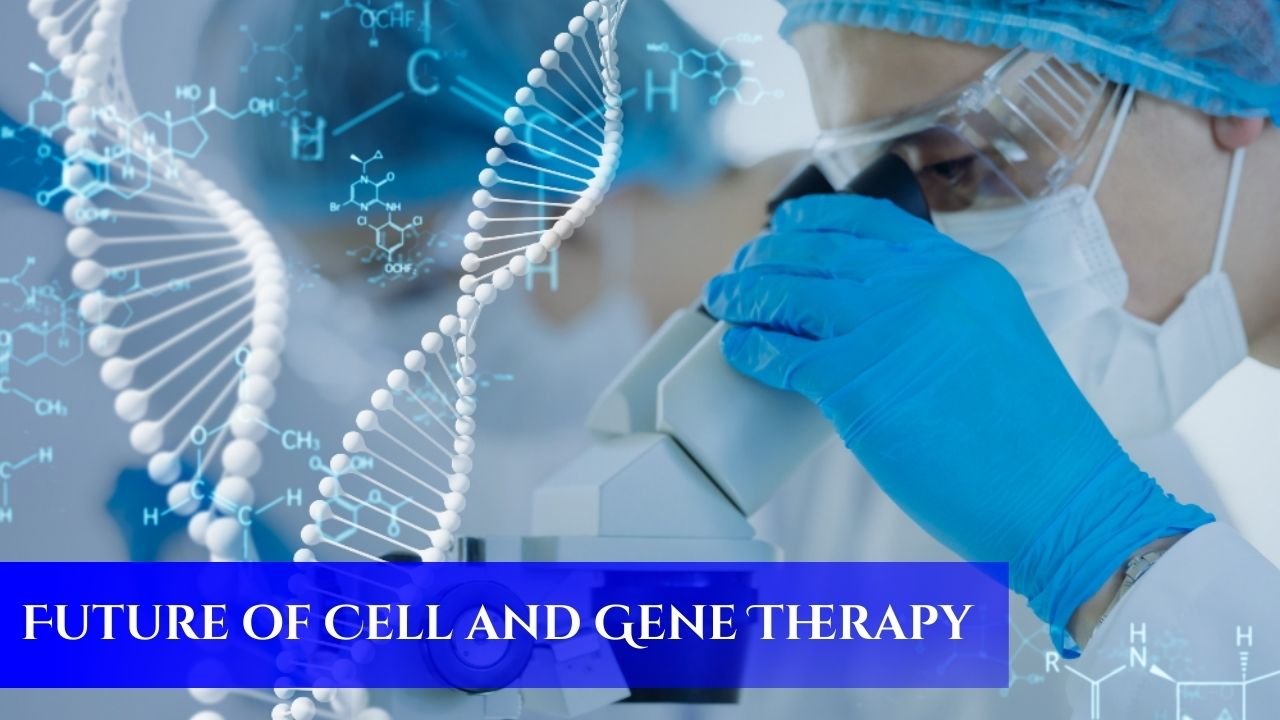Cell and gene therapies (CGTs) are moving from scientific marvels to practical medicines which could reset, reprogram, or replace biological systems in preference to merely modulate them. Over the coming decade, those modalities will push healthcare in the direction of curative rationale for illnesses that have been as soon as best practicable, and they’ll additionally force a redecorate of how we discover, pay for, and deliver medicine. This article explores where the field is headed—scientifically, operationally, and ethically—and what which means for patients, clinicians, payers, and society.
Understanding Cell and Gene Therapy
Cell Therapy
Cell therapy includes the switch of live cells right into a affected person to repair or replace damaged tissues. These cells can be derived from the patient (autologous) or from a donor (allogeneic). A famous example is CAR-T cell therapy , where a patient’s own immune cells are engineered to goal and damage most cancers cells.
Gene Therapy
Gene therapy focuses on correcting or changing faulty genes chargeable for disease. This can be carried out by using:
- Replacing a mutated gene with a healthy copy.
- Inactivating a defective gene that is causing disease.
- Introducing a new gene to help fight disease.
Both procedures are every so often mixed, main to powerful new treatments for genetic disorders, cancers, and rare illnesses.
Breakthroughs Driving the Field Forward
- Cancer Treatments (CAR-T and Beyond)
- CAR-T therapies have shown awesome achievement towards blood cancers like leukemia and lymphoma. Research is now extending these techniques to address solid tumors, a extra complex venture.
- Genetic Disorder Therapies
- Diseases once taken into consideration untreatable, including spinal muscular atrophy (SMA) and positive inherited blindness conditions, at the moment are treatable way to gene therapy approvals.
- CRISPR Gene Editing
- The development of CRISPR-Cas9 has revolutionized precision gene editing, allowing scientists to make centered changes in DNA more correctly than ever before.
- Regenerative Medicine
- Stem cellular cures are being advanced to regenerate tissues damaged by heart disorder, neurodegenerative issues, and traumatic injuries.

Benefits for Patients and Healthcare
- Potential for Cures: Instead of lifelong remedy, mobile and gene therapies can offer one-time interventions with lasting benefits.
- Personalized Medicine: Therapies can be tailor-made to a patient’s genetic makeup, increasing effectiveness.
- Reduced Long-Term Costs: Though initial prices are excessive, curing illnesses may want to decrease lifetime healthcare expenses via doing away with the need for chronic treatment.
Challenges and Barriers
While the promise is exceptional, challenges continue to be:
- High Costs: Many therapies value loads of heaps to tens of millions of greenbacks per affected person. This increases problems of get right of entry to and insurance coverage.
- Complex Manufacturing: Producing residing cells or gene cures requires noticeably specialized facilities and stringent great manage.
- Ethical Concerns: Gene editing, specially germline modifying, sparks debates about safety, fairness, and the potential for misuse.
- Long-Term Safety: Since many remedies are new, their long-time period results continue to be remain therapies
The Future Landscape
- Mainstream Availability
- As generation advances and manufacturing scales up, prices are predicted to decline, making cures extra widely available.
- Expanded Disease Targets
- Research is increasing beyond uncommon genetic sicknesses into extra not unusual situations which include diabetes, Alzheimer’s, and coronary heart failure.
- Combination Therapies
- Future treatments may additionally combine cell, gene, and conventional treatment options to maximise consequences.
- Global Collaboration
- International partnerships between biotech businesses, governments, and healthcare structures will accelerate innovation and improve equitable get right of entry to.
- Ethical and Regulatory Frameworks
- Clearer guidelines will assist make sure safety, deal with ethical worries, and construct public accept as true with in those groundbreaking treatments.
Conclusion
The future of healthcare is being reshaped with the aid of the upward push of cell and gene therapies. What become as soon as technology fiction—curing genetic blindness, reversing cancer, or regenerating damaged tissues—is turning into medical fact. While challenges which include affordability and moral oversight remain, endured development holds the promise of a healthcare technology in which many formerly incurable conditions can be treated at their source. In the following decade, cell and gene treatments may also properly pass from specialized centers into mainstream scientific practice, marking a true revolution in medicine.

